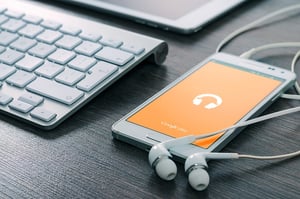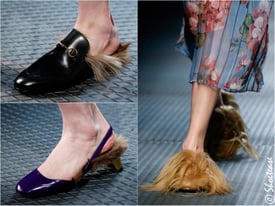The world is under siege. Technology is changing everything. Retail, marketing, elections are all being disrupted. Even the heretofore relatively staid €249 billion global personal luxury goods market. The status quo is gone. Consumers are driving the disruption with their new power and voice, thanks to technology and a smart phone.
The Old Normal
For the past 20+ years, the luxury industry grew via new store openings, new geographies, an expanding global consumer base of affluent and middle class aspirational shoppers, and price increases. That was the old normal. Bain & Company’s “Luxury Goods Worldwide Market Study, Fall-Winter 2016” posits that excluding the Chinese consumer, the global market for personal luxury goods would have contracted at an average annual rate of two percent in the 2012- 2015 period, versus three years of modest growth. In the Americas, the market declined three percent in 2016 alone.
Today’s New Normal
In this new normal of slower growth luxury brands are advised to slow expansion, prune retail fleets and selectively open stores in flagship destinations. Bain projects luxury goods to grow at a three to four percent compounded annual growth rate through 2020, significantly slower that the double-digit pace achieved by most luxury companies in the twenty years up to the late 2000s. Strategy and execution are paramount. Tailoring assortments to local preferences, adapting to volatile tourism flows and executing an omnichannel strategy are among Bain’s suggestions along with a one-to-one customer experience and the use of storytelling as part of the value proposition.
This January at Luxury Daily’s Luxury FirstLook 2017, Pam Danziger, president of Unity Marketing, spoke to the new luxury, a new definition, and a new luxury consumer. “Consumers have changed. Their expectations, shopping behaviors, values, the services they expect. Forget the 4Ps of product, place, price and promotion and embrace the 4Es of experience, everyplace, exchange and evangelism” Danziger said, and she provided a few suggestions.
 Diversify into highly experiential categories; perfumes, wines and spirits, hospitality; add services to your retail offering such as makeovers, salons, spas, restaurants, enhance the food court; and reimagine the retail experience, to include discovery and activity-experiences, with purchases. Be everywhere your customer is (just like their iPhone).
Diversify into highly experiential categories; perfumes, wines and spirits, hospitality; add services to your retail offering such as makeovers, salons, spas, restaurants, enhance the food court; and reimagine the retail experience, to include discovery and activity-experiences, with purchases. Be everywhere your customer is (just like their iPhone).
Exchange is a more robust concept than price, including the product’s value and why it is valuable to the shopper (quality, manufacturing process, social). Evangelism replaces old marketing techniques that are a turn-off. Instead, incorporate a pull strategy to arouse curiosity, use influencers, tell stories---not about the brand, but about your customers. “Communicate news they can use,” Danziger quipped.
Luxury is a Mindset
In this new paradigm, luxury isn’t a brand or a pricepoint, it’s a mindset. Status, exclusivity, and conspicuous consumption are out. This isn’t age dependent, the boomer luxury shopper has changed too. New luxury is practical, functional and inclusive. In fact, luxury shoppers want to be part of luxury creation, from product creation to brand avocation using social media to post and share.
Topics: Global Markets, consumers, Luxury, Marie Driscoll
